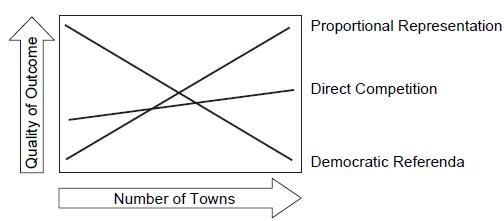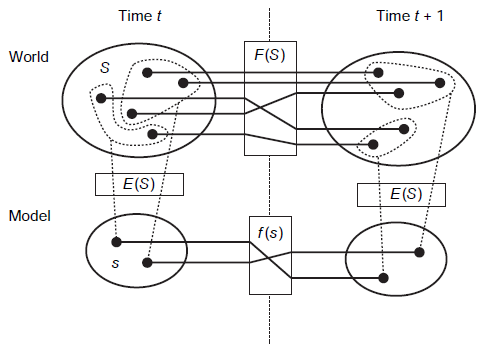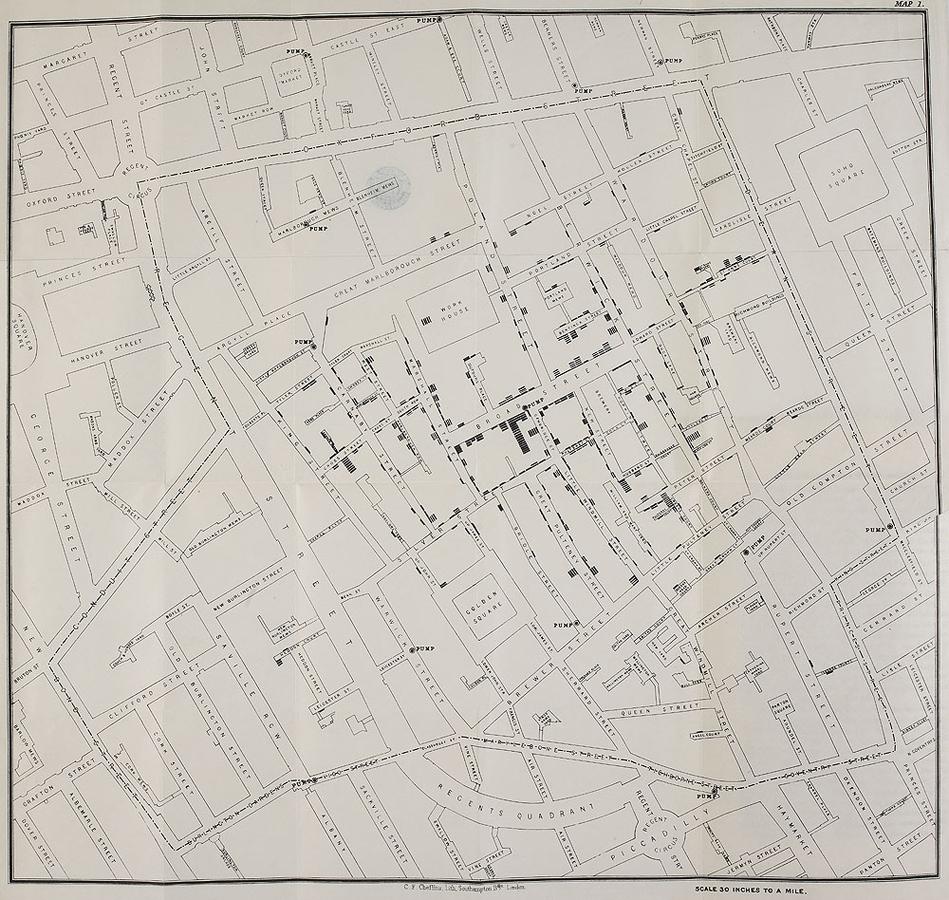Complex Adaptive Systems
Introduction to Computational Models of Social Life
John H. Miller; Scott E. Page
reviewed by Talha Oz
March 2014
Miller
-
John H. Miller
- B.A in economics, B.S. in finance ’82 Colorado
- Ph.D. in economics Michigan ’88
- Postdoc Santa Fe Institute ’90 (‘03 Research Professor)
- Prof. CMU Social & Decision Sciences ’90-’95-’00

PAGE
- Math B.A ’85 Michigan & M.A. ‘88 Wisconsin
- Ph.D. Managerial Economics & Decisions Sci. ’93 NWU
- CalTech, Iowa, Michigan ’93-’97-’03 complex systems, political science, and economics
- SFI external faculty since ’99

Synopsis
-
Concepts of CAS
- emergence, self-organized criticality, automata, networks, diversity, adaptation, and feedback
-
How CAS can be explored
- using methods ranging from mathematics to computational models of adaptive agents
-
Key tools and ideas that have emerged in the CAS field since the mid-1990s
introduction
-
Complexity. Interactions of components
-
Adaptivity. Intelligence of components
-
CAS. So many such components
- Back. Adam Smith in the Wealth of Nations (1776)
- Last decade. Tools & techniques => theories
Complexity in Social Worlds
-
The Standing Ovation Problem
- Economics graduate students
- si(q) = q + εi if T1< si(q) then stand up
- if α>T2 then everyone stands up.
- Friendship, location
- Heterogeneity & Feedback vs Averaging
- Negative. Bees huddling and fanning. Stability thanks to genetic diversity. (Demo)
- Positive. Attack of the killer bees. Varying response threshold [1,100]
Tiebout Model (chili demo)

- Issue-by-issue
- Party based
- Winning party takes all
- Blend by weighted votes
Preliminaries
Models as maps


Snow's cholera map
On emergence

Computation as theory
-
Theoretical tools
- detailed verbal descriptions such as Smith's (1776) invisible hand
- mathematical analysis like Arrow's (1951) possibility theorem
- thought experiments including Hotelling's (1929) railroad line
- mathematical models derived from a set of first principles (econ.)
- employ different tools for better theories. For supply and demand:
- thought experiments using Walrasian auctioneers,
- axiomatic derivations of optimal bidding behavior,
- computational models of adaptive agents, and
- experiments with human subjects.
cont'd
-
Computation as a theory (theoretical tool)
- abstractions maintain a close association with the real-world agents of interest
- uncovering the implications of these abstractions requires a sequential set of computations (not computers!) involving these abstractions
-
Neoclassical economics
- individuals optimize their behavior
- given mathematical constraints, underlying agents in the real system are subsumed into a single object (a representative agent)
- incorporate driving forces (such as system seeks an equilibrium)
- computation is used in the models for solving numerical methods
computation as theory - II
-
Agent-based objects (computation as a theoretical model)
- abstractions are not constrained by the limits of mathematics
- collection of agents solved by their interactions using computations
-
Good models vs simulation
- simple entities and interactions vs complicated
- implications robust to large class of changes vs less robust
- surprising results that motivates new predictions vs less surprising
- easily communicated to others vs may not be that easy
Objections to Computation as Theory
Q: answers are built in to the model, cannot learn anything new !
-
all tools build in answers. Clarity is key here. hidden or black-box features are bad
-
a model is bounded by initial framework but it can allow for new theoretical insights
Q: computational models are brittle !
-
crashes are not unique to computational models
-
can be prevented by better designs
Q: computational models are hard to understand !
-
due to lack of commonly accepted means for communication. UML, ODD.
Cont'd
Q: computations lack discipline !
-
lack of constraints is indeed a great advantage. Mathematical models become unsolvable when practitioners break away from limited set of assumptions.
-
a discipline similar to the one required for lab-experiments is being formed: Is the experiment elegant? Are there confounds? Can it be easily reproduced? Is it robust to differences in experimental techniques? Do the reported results hold up to additional scrutiny?
- flexibility. mathematical models solved by a set of solution techniques and verification mechanisms. Given the newness of many computational approaches it will take some time to agreed-upon standards for verification and validation
CONT'd
Q: They are only approximations to specific circumstances !
- Giving exact answer might not be that important; relying on approximations may be perfectly acceptable in some cases.
- Generalizability is tied to the way model created, not the medium. Bad mathematical models may not be extended beyond their initial structure too.
Why Agent-Based Objects?
-
Flexibility versus Precision
- Verbal to mathematical tools
-
Process Oriented
- How agents interact, when, with whom
- What information an agent has access to
-
Adaptive Agents
- Rationally bounded. Learning Algorithms
-
Inherently Dynamic
- In natural systems, equilibria = death
-
Heterogeneous Agents and Asymmetry
- Heterogeneity and asymmetry accommodated easily
- Scalability
- Mathematical models for a few (duopolies) or many (perfect competition) agents
CONT'D
-
Repeatable and Recoverable
- Initial state can be recovered; experiments can be repeated precisely
-
Constructive (analogy: proof by construction vs proof by contradiction)
- Generative approach is a distinct and powerful way to do social science
-
Low Cost (create. Repeat)

-
Economic E. coli (E. coni?)
Further Investigation of cas on models
Forest Fire Model, Abbott’s Flatland, Cellular Automata, Social Cellular Automata, Majority Rules, The Edge of Chaos, A Roving Agent, Segregation, The Beach Problem, City Formation, Networks, Self-Organized Criticality and Power Laws, Agent Behavior, Adaptation, A Taxonomy of 2 × 2 Games, Games Theory: One Agent, Many Games, Evolving Communication, The Full Monty, ...
COMPLEX ADAPTIVESYSTEMSAN INTRODUCTION TOCOMPUTATIONAL MODELSOF SOCIAL LIFE
By Talha OZ
COMPLEX ADAPTIVESYSTEMSAN INTRODUCTION TOCOMPUTATIONAL MODELSOF SOCIAL LIFE
- 1,397


